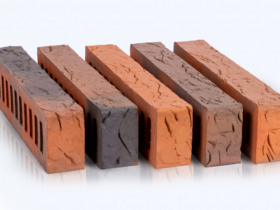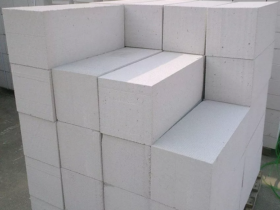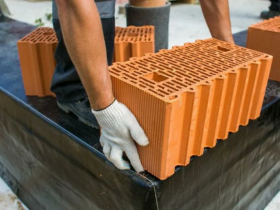Identity refers to compositions in which the volumes and shapes of parts of the equal. In other words, we are talking about a softened repetition of parts and divisions: for example, a number of identical windows, gaps between them, pilaster, etc. D. Contrast, nuance and identity in themselves do not belong to aesthetic categories, but they allow you to build a rather complex and expressive composition. It is customary to say that the movement is hidden in the architectural structure. In fact, the repeatability of the same elements (columns, windows, balconies, wall blocks or panels) leads to the inertia of spatial thinking and illusion of movement. So, for example, a long row of columns passes before gaze in the same way as telegraph pillars in the window of a moving car. Repeatability of architectural elements is a common reception of the composition. It is usually determined by the concept of rhythm (rhythmic series), that is, alternation in any pattern of various details, parts or volumes comparable in nature. Repeated elements are called rhythmic units, or accents, and the intervals between them are intervals. Rhythmic units can be any elements of the building: volumetric parts, vertical supports, openings, parts of the finish. The rhythm allows you to lead to some unity the variety of architectural forms, combine them in a certain order of location and alternation. Thus, it turns into a means of emotional influence. Let us recall, for example, the carvings of wooden buildings: its successful options cause true admiration. Famous scientist and architect m. I. Ginzburg proposed to consider the alternation of rhythmic accents and intervals of the main, determining characteristics of the architectural composition. He developed a method of fixing the rhythm of a peculiar “stenographic” system, consisting of vertical and horizontal shy dashes. Thus, it can be determined, according to the expression m. I. Ginzburg, “embryos of the sensual impact that produces the rhythm of the most architectural monument”.









